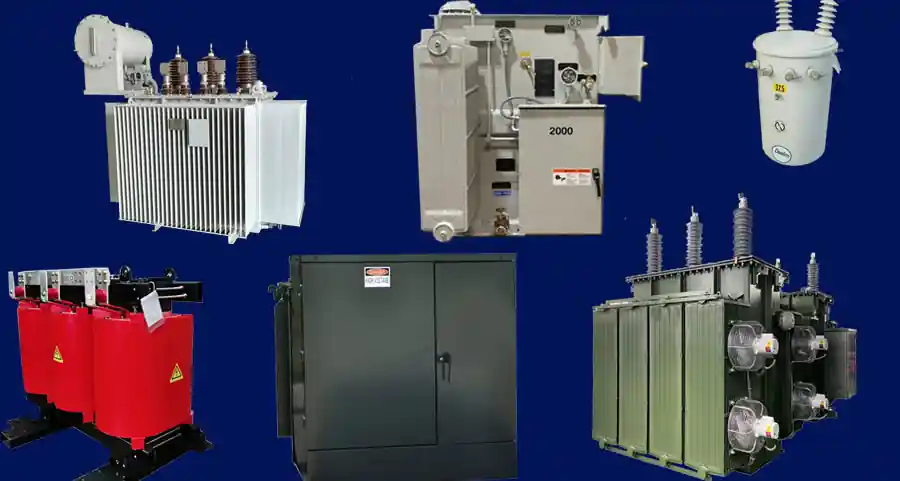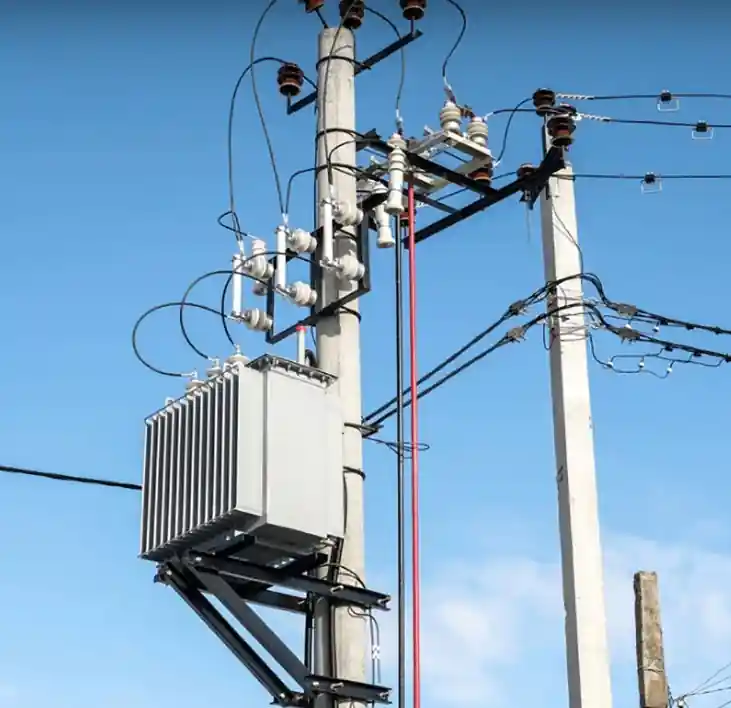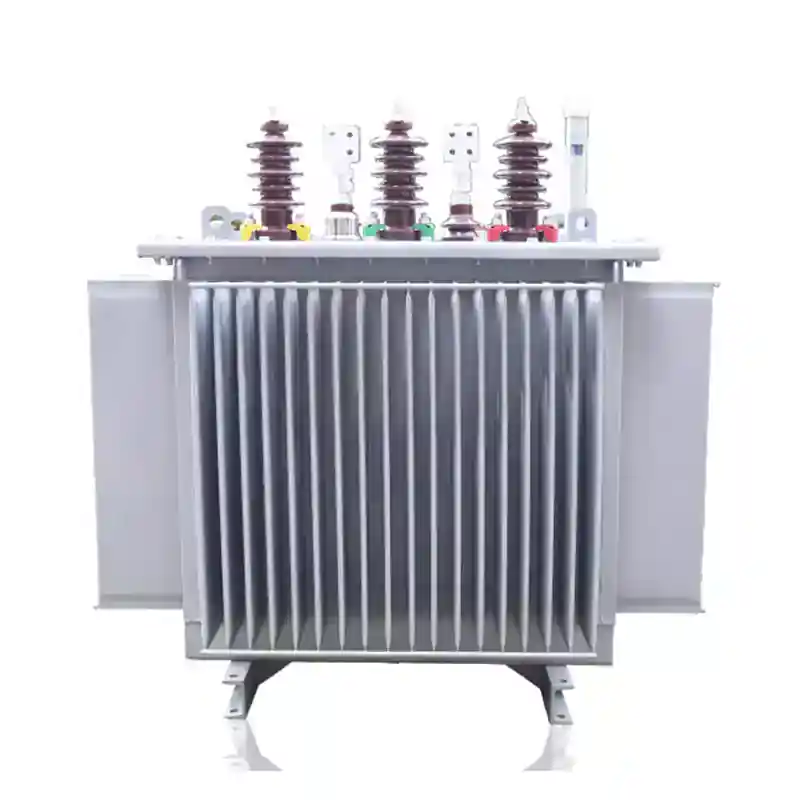What Are the Different Types of Distribution Transformers?
- Core Concept: Understanding Distribution Transformers
- Types of Distribution Transformers
- 1. By Insulation Medium
- 2. By Mounting Type
- 3. By Phase Configuration
- 4. By Core Type
- Application Fields
- Market Trends and Technological Evolution
- Technical Specification Example
- Differences Between Types
- Buying Tips and Selection Guidelines
- Frequently Asked Questions (FAQ)

Core Concept: Understanding Distribution Transformers
A distribution transformer is a static device used to step down voltage from the transmission level (high voltage) to usable levels (low voltage) suitable for residential, commercial, and industrial applications.
These transformers operate continuously, demanding high efficiency, robust insulation, and minimal maintenance.
According to Wikipedia, they are a critical final step in power distribution before electricity reaches consumers.
Types of Distribution Transformers
Distribution transformers are categorized based on different criteria:
1. By Insulation Medium
- Oil-Immersed Transformers:
- Use mineral or synthetic oil for cooling and insulation.
- Advantages: High efficiency, better cooling performance.
- Example: 11kV/400V oil-immersed distribution transformers.
- Dry-Type Transformers:
- Use air as the cooling medium.
- Advantages: Safer for indoor and environmentally sensitive applications.
- Example: 33kV dry-type cast resin transformers.

2. By Mounting Type
- Pole-Mounted Transformers:
- Installed on utility poles.
- Typically used in rural or suburban areas.
- Pad-Mounted Transformers:
- Ground-level installation within a locked enclosure.
- Ideal for urban environments where aesthetics and safety are priorities.

3. By Phase Configuration
- Single-Phase Transformers:
- Common in residential and light commercial applications.
- Three-Phase Transformers:
- Used for large commercial, industrial, and institutional facilities requiring high power.
4. By Core Type
- Core-Type Transformers:
- Windings surround the core limbs.
- Typically used for medium to large capacity units.
- Shell-Type Transformers:
- Core surrounds the windings.
- Better short-circuit strength.
Application Fields
- Residential Communities: Powering homes and apartments.
- Commercial Centers: Supplying malls, office buildings, and airports.
- Industrial Facilities: Supporting manufacturing plants and processing units.
- Renewable Energy Systems: Integrating solar farms and wind farms into grids.
According to an IEEE industry report, the rise of decentralized renewable energy sources is expanding the role and design complexity of distribution transformers.
Market Trends and Technological Evolution
- Eco-Friendly Insulating Fluids: Bio-based oils replacing mineral oils for sustainability.
- Smart Transformers: Incorporating IoT sensors for real-time monitoring and predictive maintenance.
- Higher Efficiency Standards: Compliance with international energy efficiency regulations like DOE 2016 in the U.S. and IEC 60076-20 standards.
Leading brands like ABB, Schneider Electric, and Siemens are innovating distribution transformer designs to meet growing demands for efficiency, safety, and smart integration.
Technical Specification Example
| Type | Voltage Class | Cooling Medium | Application |
|---|---|---|---|
| Oil-Immersed | 11kV/0.4kV | Mineral Oil | Outdoor distribution |
| Dry-Type | 33kV/0.4kV | Air / Resin | Indoor substations, critical facilities |
| Pad-Mounted | 22kV/0.4kV | Oil | Urban and suburban networks |
| Pole-Mounted | 11kV/0.4kV | Oil | Rural electrification |

Differences Between Types
- Safety: Dry-type transformers are safer indoors compared to oil-immersed ones.
- Maintenance: Oil-immersed units require regular oil quality checks; dry-types need less routine maintenance.
- Cost: Oil-immersed are generally cheaper but have higher environmental risks.
- Efficiency: Oil-immersed models usually offer slightly higher efficiency, especially under heavy loads.
Understanding these differences ensures optimal transformer selection based on project-specific requirements.
Buying Tips and Selection Guidelines
- Assess Load Requirements: Choose the appropriate kVA rating and phase configuration.
- Consider Installation Environment: For indoor use, prioritize dry-type units.
- Factor in Maintenance Costs: Weigh initial investment versus long-term maintenance expenses.
- Future Expansion: Consider units with flexible capacity for anticipated load increases.
- Certifications: Ensure transformers comply with international standards like IEC 60076 or IEEE C57.12.
Consulting certified engineers or vendors like PINEELE, ABB, or Schneider ensures optimal transformer selection and deployment.
Frequently Asked Questions (FAQ)
A1: Dry-type transformers are preferred in indoor settings due to their higher fire resistance and minimal maintenance needs.
A2: With proper maintenance, distribution transformers can last 25–40 years depending on design, usage, and environmental factors.
A3: Implement regular maintenance, use energy-efficient transformer models, and apply correct sizing during system design.
In summary, selecting the right type of distribution transformer is crucial to ensuring safe, efficient, and cost-effective electrical power distribution. Staying informed about the latest technology trends and understanding specific project needs lead to better infrastructure planning and performance longevity.

